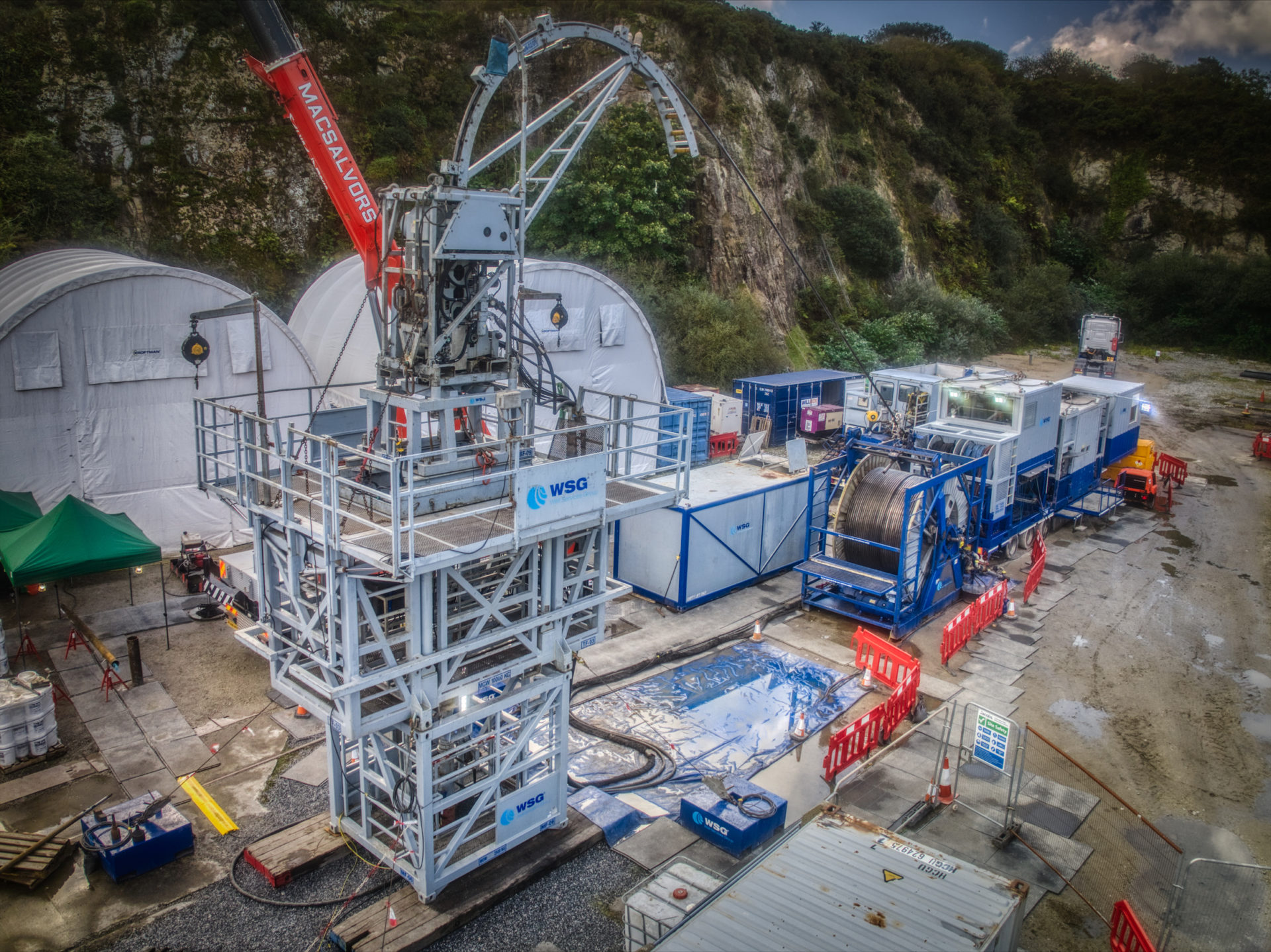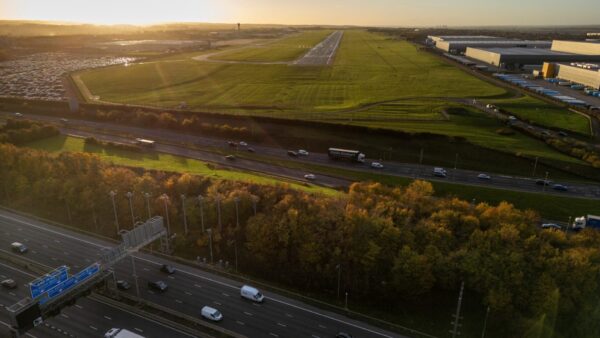
Specialist firm Nuclear Waste Services (NWS) has successfully sealed boreholes in a quarry as part of research into the safe disposal of radioactive waste.
NWS sealed the existing boreholes at Rosemanowes Quarry in Cornwall.
It is conducting a £5m project to show regulators that it can seal waste in a geological disposal facility (GDF).
It said that in the search for a suitable site for a GDF, drilling and sealing boreholes will be key.
The UK search for a suitable site is a nationwide process based on community consent. It includes detailed investigations over a number of years. Areas earmarked for possible GDF sites include Mid Copeland, South Copeland, and Allerdale in Cumbria, and Theddlethorpe in Lincolnshire.

During the process of exploring if a site is suitable to host a GDF, the waste disposal specialist will drill deep boreholes to investigate the geology of the location. It will then need to seal these boreholes as part of the site restoration programme.
The test site at Rosemanowes is a former working quarry, and the location of the UK Hot Dry Rock Geothermal Energy Research site. NWS said it offers access to one of the most comprehensively mapped well systems in the world.
Downhole Placement System
NWS successfully sealed two pre-existing boreholes in granite, one 2km deep and the other 300m deep. It used a new technology called a Downhole Placement System (DPS) tool.
It used bentonite clay as the sealant because of its low permeability and swelling properties, alongside cement for seal support. Bentonite will also be packed around some waste packages as part of the multi-barrier system that will isolate and contain radioactive waste in a GDF.
A rig lowered the DPS filled with dry bentonite pellets into the borehole. On reaching the appropriate depth, the NWS activated the DPS hydraulically, deploying the bentonite in the water column. In total, the DPS deployed over a tonne of bentonite at depth, forming a seal as it swelled in both boreholes.
The DPS tool is being tested in different locations with varying rock types and at varying borehole depths.
The first successful test was in Sweden in 2018, in a 200m borehole, followed by a 300m borehole in a clay rock in Harwell, Oxfordshire, in 2021.
Prof Simon Norris, principal research manager at Nuclear Waste Services and project technical lead, said: “The aim of this research project is to demonstrate the process we plan to use for sealing deep boreholes during future investigations into potential sites for a geological disposal facility.
“We want to show that we have the necessary toolkit of approaches, procedures, and equipment to seal any boreholes we may construct in the GDF siting process, and this research was a step closer to achieving this goal.”











